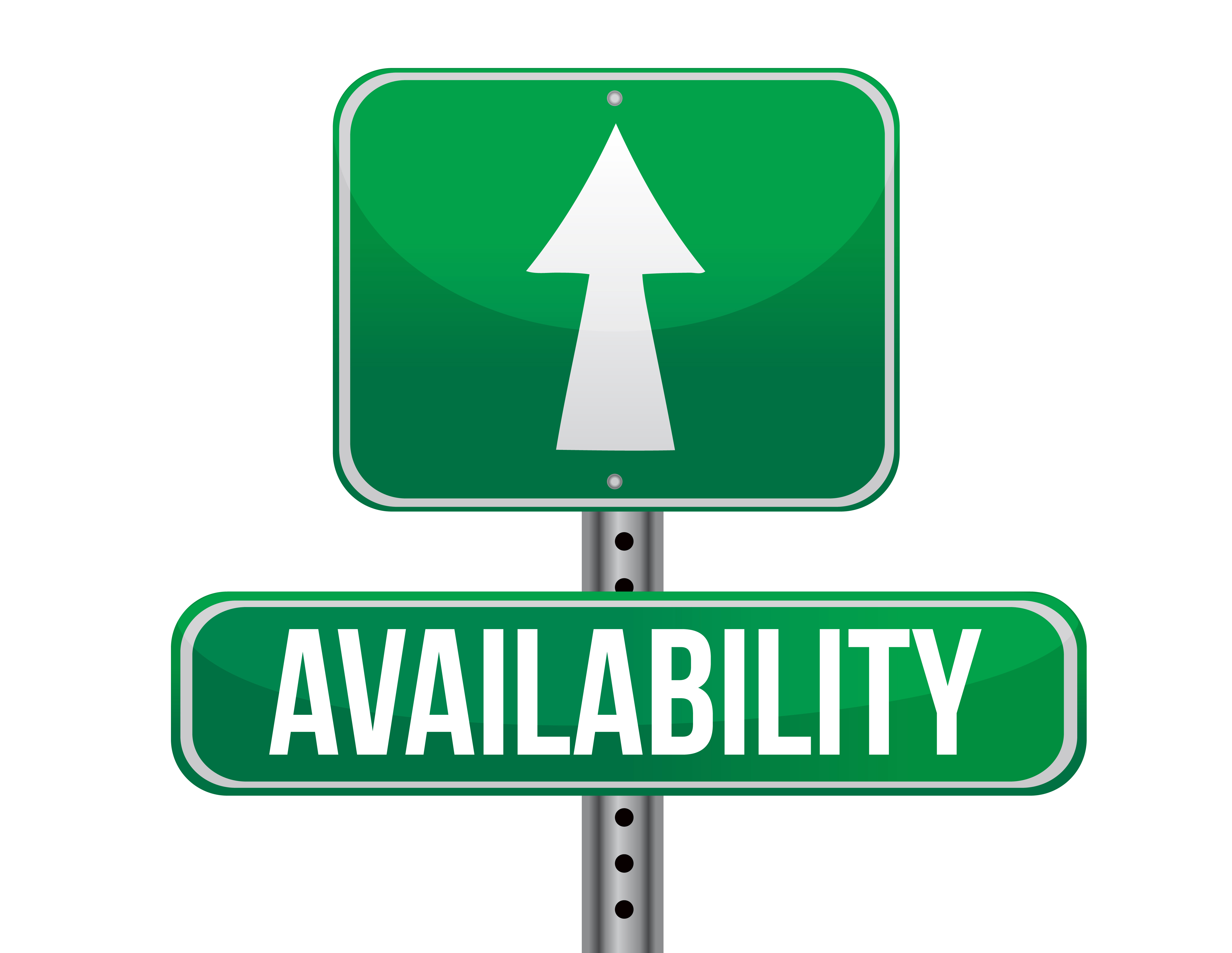Why Restaurants Are Finding Self-Serve Kiosks Attractive
Self-serve kiosks offer a surprising array of advantages to restaurants.

Restaurants are among the most beleaguered of retail establishments; according to CNBC, about 60 percent of new restaurants fail within the first year—and 80 percent close in their first 5 years. Consumers also have more options than ever. There’s a rebirth of high-end dining in many major cities, and seemingly every urban area has an abundance of choices including fast food, table service, home delivery services, and even meal kit businesses (liked Blue Apron and Dinnerly) to contend with. The bottom line: Every restaurant needs some sort of edge to poise themselves for success.
Increasingly, self-service kiosks can provide that edge. To be sure, many restauranteurs are reluctant to invest in new technology, but self-serve kiosks offer a surprising array of advantages. And unlike some technologies designed to only improve the retail bottom line, kiosks have ways to improve both the restaurant’s balance sheet and the customer experience in seemingly equal measure.
Giving customers a self-serve device, for example, means not only that their order is more reliable — instead of relying on sometimes inexact server’s notes , customers choose exactly what they want from a very visual digital menu — but orders can be entered and delivered more promptly, and on the customer’s cadence without waiting for a harried server to arrive.
And the presence of always-aware ordering systems means that customers can add to their order at any time, without needing to wait for a server to check in.
Of course, kiosks also make it easy to pay the bill without waiting as well, and the digital nature of the system means it’s easy for customers to perform common tasks like split checks and add tips. End to end, de-coupling the overall customer experience from the need for a server to visit each table improves customer satisfaction at every level. And that translates directly to a benefit for the restaurant: It can be readily reflected in customer loyalty and repeat visits, social media posts, and comment cards.
Kiosks pay off for the restaurant in myriad other ways. First and foremost, digital menus encourage add-on purchases; systems can be designed to make pairing suggestions, so in addition to upgrades, the system can help customers choose appetizers and alcohol choices that go well with the entrees they’ve selected. Such systems can be programmatic and personalized; kiosks can even learn from the buying habits of repeat customers, sometimes making better recommendations than human servers and sales associates.
Self-service tools help restaurants do more with less, allowing them to make better use of employees and put them in roles where the human touch is especially advantageous. But routine ordering and bill management? Let a robot do that.
And self-serve tech isn’t one-size-fits-all. There are as many solutions as there are kinds of retails models. Commonly, kiosks can be stationed on each table for a complete digital replacement of the menu and payment system. Some restaurants, such as casino buffet-style restaurants, deploy kiosks in the customer queue so they can place their order and pay before even being seated. And for chic urban convenience, nothing beats the ability to place an order on a tablet at the front of the line (or even on an app on the customer’s phone to “grab and go” when they reach the register.
What glues all of these experiences together is the common thread of customer satisfaction and production efficiency. Indeed, restaurants can take this tech to the next level by tracking customer response times. How long does it take a server to respond to an order placed by a self-serve kiosk? What if a customer requests assistance? Wearable tech – think smart watches with a focus on back-of-house efficiency – can be deployed to wait staff so they’re alerted in real time when customers vie for their attention.
Costs are simply never going to go down. And with restaurants under such competitive pressure, self-serve kiosks might just be the perfect solution to help poise your restaurant for success.
Find out how an IoT platform like Canopy can provide help with kiosk operations in addition to other features such as marketing communications and incident management.













